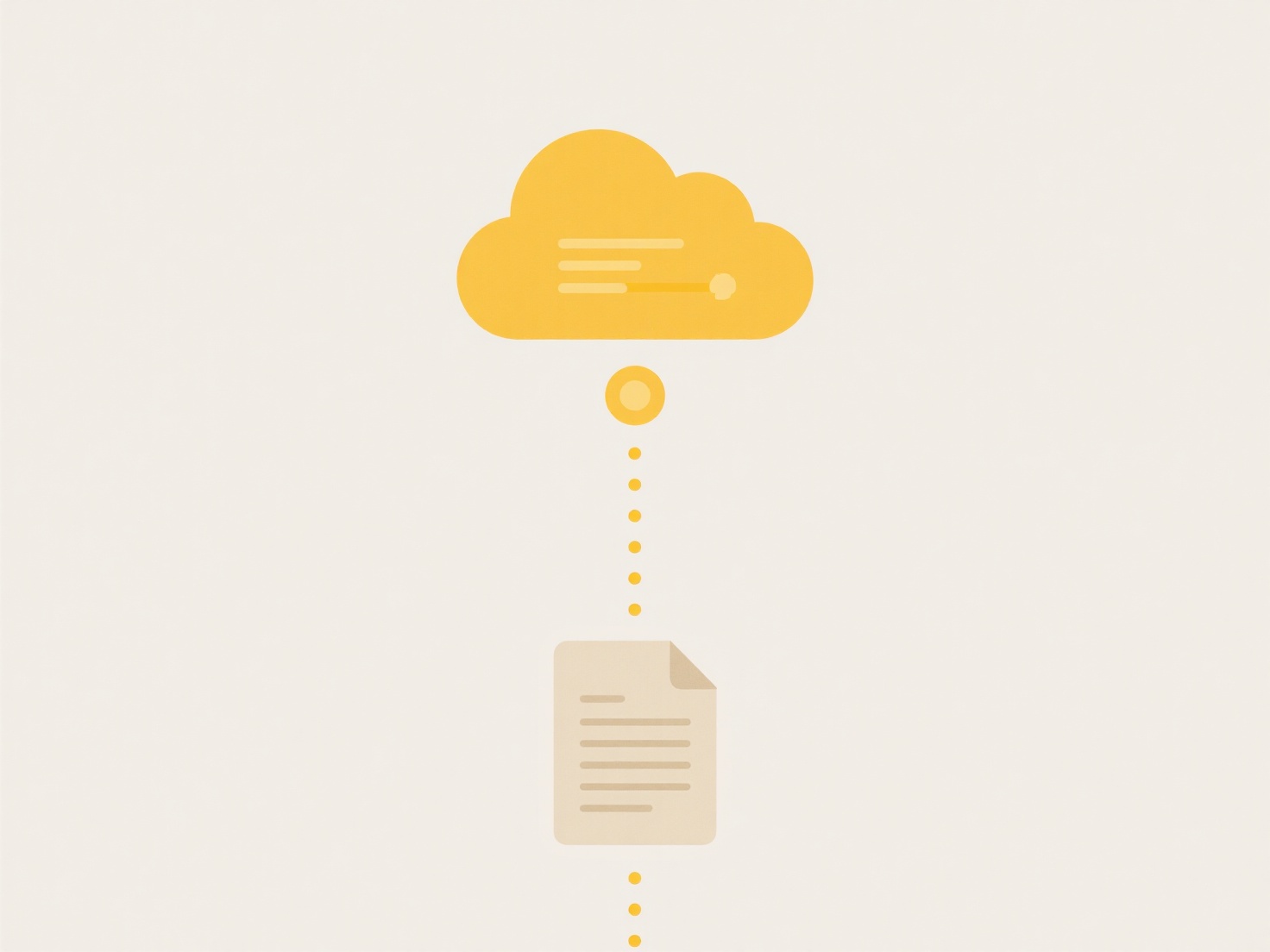
Lossless audio formats preserve all original sound data from recordings. They work by compressing files without discarding any audio information, unlike lossy formats (MP3, AAC) which remove data to reduce file size. Key characteristics are high resolution (e.g., 24-bit depth and 96kHz sample rate or higher) ensuring fidelity indistinguishable from studio masters. These formats accurately reproduce the full dynamic range and detail captured during recording.

Major applications include professional music production/archiving and audiophile listening. Studios commonly use FLAC (Free Lossless Audio Codec) or uncompressed WAV/AIFF for storing master recordings. Platforms like Bandcamp or Qobuz offer high-resolution music downloads in FLAC or ALAC (Apple Lossless), allowing listeners to experience studio-quality sound at home. Blu-ray Audio also leverages lossless formats.
FLAC/ALAC offer significant file size reduction over WAV/AIFF while remaining perfect digital copies, making them highly efficient for storage and streaming. However, they require more storage and bandwidth than lossy files and may not play on all basic devices. WAV/AIFF are universally compatible in editing software but inefficient for distribution. Choosing FLAC/ALAC balances quality, size, and growing hardware/streaming support for a future-proof listening experience.
What is the best format for high-quality audio?
Lossless audio formats preserve all original sound data from recordings. They work by compressing files without discarding any audio information, unlike lossy formats (MP3, AAC) which remove data to reduce file size. Key characteristics are high resolution (e.g., 24-bit depth and 96kHz sample rate or higher) ensuring fidelity indistinguishable from studio masters. These formats accurately reproduce the full dynamic range and detail captured during recording.

Major applications include professional music production/archiving and audiophile listening. Studios commonly use FLAC (Free Lossless Audio Codec) or uncompressed WAV/AIFF for storing master recordings. Platforms like Bandcamp or Qobuz offer high-resolution music downloads in FLAC or ALAC (Apple Lossless), allowing listeners to experience studio-quality sound at home. Blu-ray Audio also leverages lossless formats.
FLAC/ALAC offer significant file size reduction over WAV/AIFF while remaining perfect digital copies, making them highly efficient for storage and streaming. However, they require more storage and bandwidth than lossy files and may not play on all basic devices. WAV/AIFF are universally compatible in editing software but inefficient for distribution. Choosing FLAC/ALAC balances quality, size, and growing hardware/streaming support for a future-proof listening experience.
Related Recommendations
Quick Article Links
What’s a good way to handle multi-language file organization?
Handling multi-language file organization effectively requires a consistent structure that groups translations by langua...
Can I change the AutoSave interval?
AutoSave automatically saves document changes at regular intervals to prevent data loss. The interval determines how fre...
Can one file have multiple formats inside it (e.g., hybrid files)?
Some files can indeed contain multiple formats within a single file structure, known as container or hybrid files. Inste...